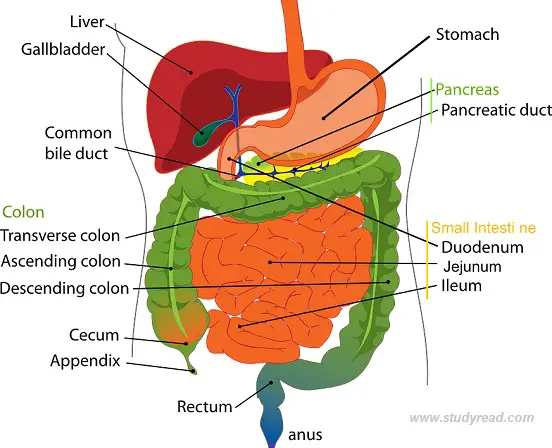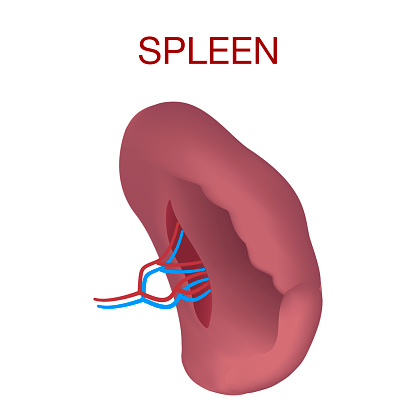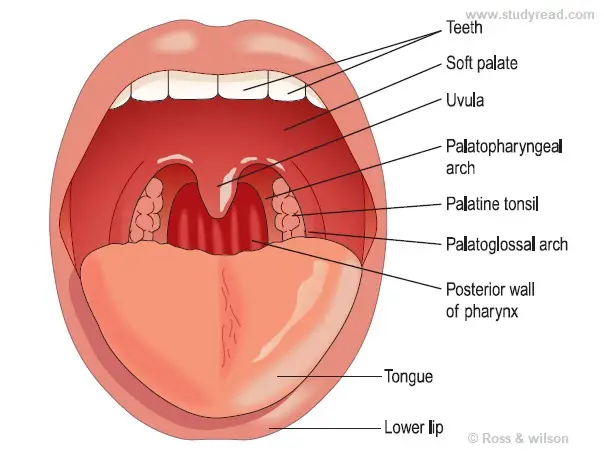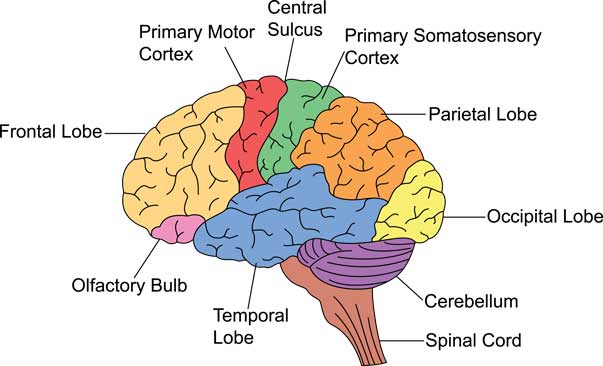Solid organs are those that have fixed shapes and dimensions and are also devoid of any space within them. They are not hollow internally. These include
- Liver
- Kidney
- Pancreas
- Spleen
- Thyroid
- Tongue
- Ovaries
Most major organs in our body are hollow in nature. But some of the prominent ones are solid in nature.
They are so based on their functional requirements.
See the list of hollow organs before you process it for a better idea.
List of Solid Organs in the Human Body
Liver
- The liver is the largest organ of the body, located in the right portion of the upper abdominal cavity.
- It is made of hepatocytes and consists of blood vessels, blood, biomolecules, and other substances.
- It has four lobes and stores bile in the gall bladder.
- The live functions include the synthesis of substances like lipoproteins and plasma proteins.
- It also stores glucose as glycogen and helps metabolize substances in the body.
Kidney
- The Kidneys are a pair of major organs located in the dorsal portion of the body, one on either side of the vertebral column.

- They are fully filled with kidney mass consisting of nephrons and other structures.
- These nephrons help to filter the blood and remove the waste matter in the form of urine.
Pancreas
- The pancreas is another important organ in the abdomen that is solid in nature.
- As you can see in the image, it is located in the space between the stomach and the duodenum.
- It is made of clusters of cells called acini, and in between, the islets of Langerhans cells are present.
- A pancreatic duct runs at the center through the organ mass, opening into the duodenum.
- This pancreas secretes hormones like insulin and glucagon, regulating blood sugar levels and digestive enzymes to digest food in the intestine.
Spleen
- The spleen is an organ present to the left of the stomach in the upper portion of the abdomen.
- It is made of reticular endothelial cells. It is the site of blood storage and also the destruction of worn-out red blood cells.
- It is a part of the lymphatic system that helps form white blood cells.
Thyroid
- The thyroid is an endocrine gland that is filled with a mass of glandular secreting tissue.
- It is located in the front of the neck and is butterfly-shaped.
- It secretes thyroid hormones T3, T4, and calcitonin, which play a major role in body physiology.
Tongue
- The tongue is muscular tissue located in the mouth. It is a flexible organ in movements.
- But it has a fixed shape without any empty spaces within it.
- It helps in speech and mastication of food.
Ovaries
- A pair of ovaries present in the female human body are solid in nature.
- They have germinal cells that are active during reproductive age.
- They produce the ova and also hormones like estrogen and progesterone.
Other organs that are solid in nature
Brain
- The brain is the largest and most important organ.
- It is completely solid in nature but has ventricles through which the cerebrospinal fluid flows.
- It is not hollow in nature based on physiology, like the lungs or heart.
- But, it has cavities for the purpose of nutrient supply.
- This brain regulates whole-body physiology.
Difference between hollow and solid organs
| Feature | Hollow organs | Solid organs |
|---|---|---|
| Space | They have empty space inside them | They do not have empty spaces inside them |
| Role | The empty space helps in physiology and functions | solid mass of tissue is needed for their physiology in the body. |
| Examples | Heart, stomach, intestines | Liver, kidney, spleen. |
Frequently asked questions and answers.
Is the lung a Hollow organ?
The lung is not a hollow organ.
We notice that the lungs expand on inhalation and constrict on exhalation.
But they are not hollow inside with empty space like a balloon. They have several branches of bronchioles and lobules inside them.
What solid organ is located in the abdomen
The liver and spleen are solid organs located in the abdomen.
Quiz: Solid Organs in the Human Body
References





